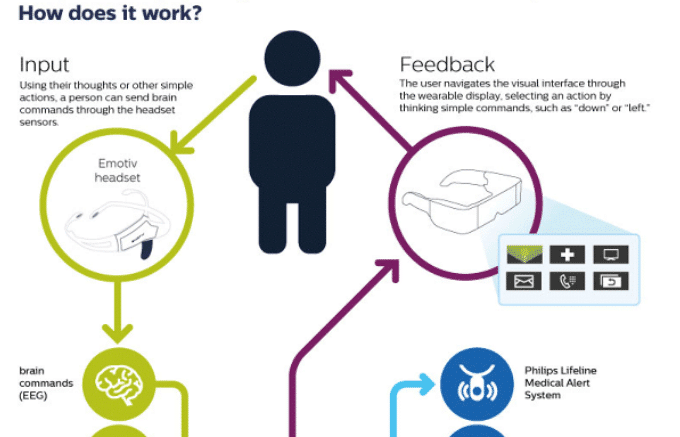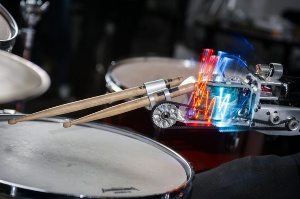
Turn Regular Bulbs into Smart Lights
Imagine being able to turn any dimmable light in your home or office into a smart light that enables you to control your lights from anywhere in the world. Emberlight gives you the ability to do just that using only a simple plug and play adapter. According to TechCrunch, a new company called Emberlight has developed an application that works with your existing light bulbs, so you don’t have to spend money on expensive smart bulbs, nor does it require a wireless hub needed by many existing smart bulbs. The device is screwed in with the bulb and rests between it and the light fitting. It connects to the Wi-Fi network so the light can controlled remotely via computer, tablet or smart phone.
BCI Headset Connects ALS Suffers to Internet of Things
A report from Fast Company, details the Accenture and Philips joint venture to develop a brain-computer interface (BCI) that allows people with amyotrophic lateral sclerosis (ALS), also known as Lou Gehrig’s disease, to use their brainwaves to turn lights off and on. The device and software combo is comprised of a headband called the Emotiv Insight, which reads the user’s brainwaves. The device interfaces with Philips’ Hue line of smart lights.
Origami Inspires Self-Assembly Robots
The latest development in the arena of soft robotics is inspired by the 17th century art of paper folding. In a paper summarized in Sciencemag, a research team at Harvard’s Wyss Institute for Biologically Inspired Engineering in Cambridge, Mass., has developed self-assembling robots that not only cost significantly less to build than most other robots, these bots could potentially be thrown into a small hole in a wall and assemble themselves into something larger in order to perform surveillance or rescue. The robots are made from paper layered with Shrinky Dinks—a child’s toy that shrinks when heated. The engineers add circuits where they want the paper to fold then heat up the circuits as a fold is required, causing the robot to form into a different shape.
Image credit: The GadgetFlow







